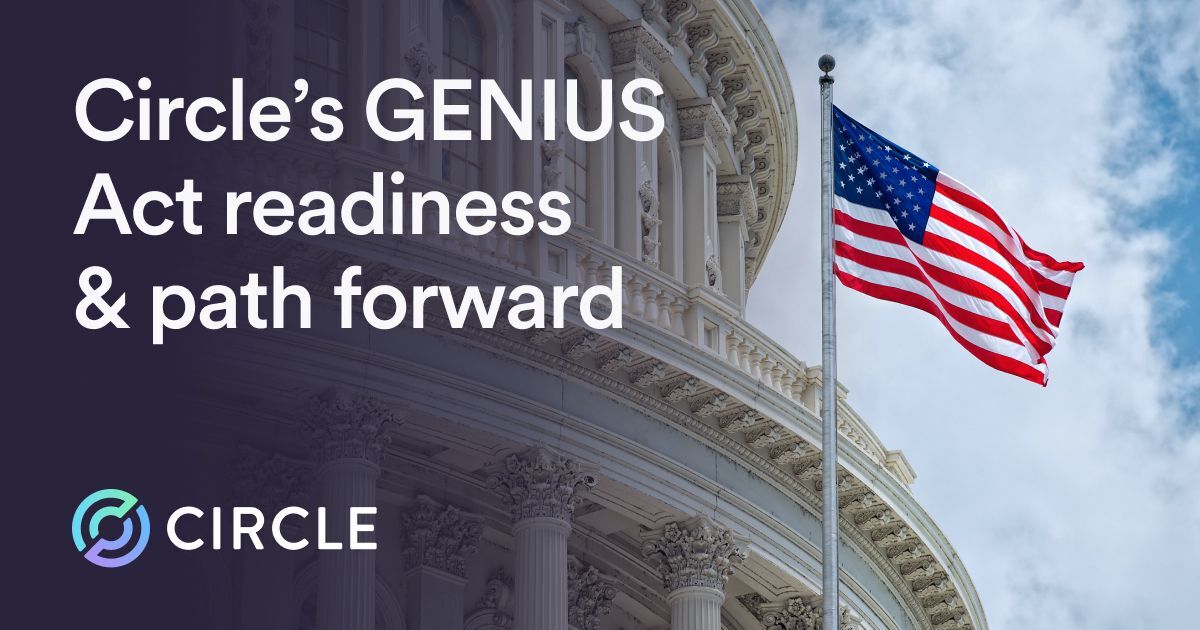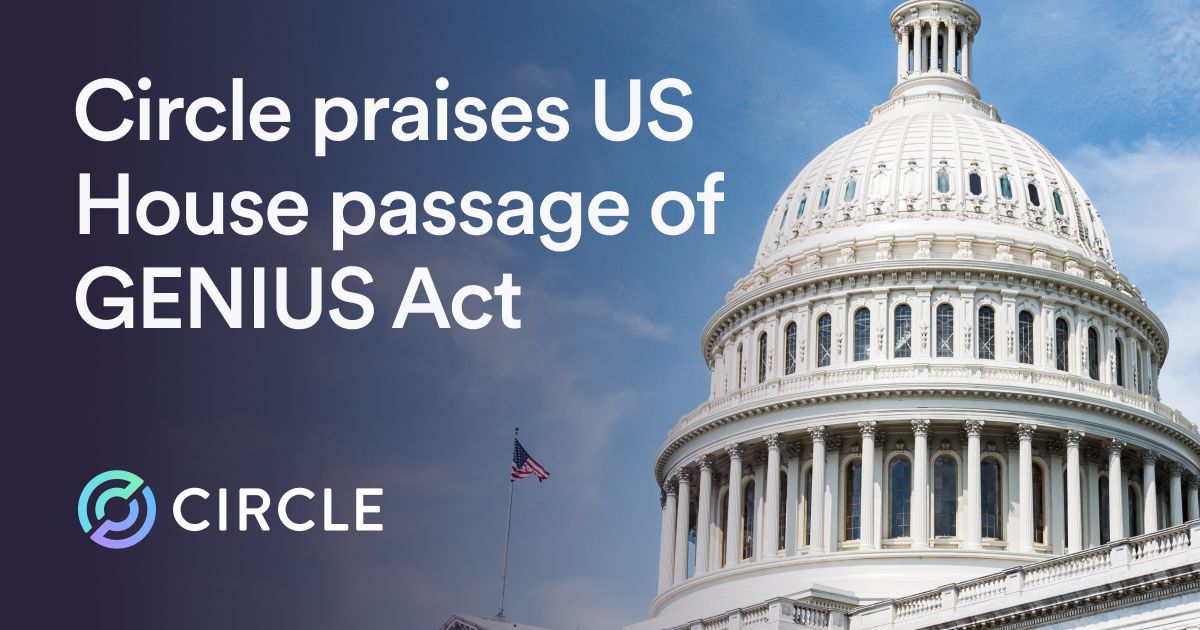Circle responds to the FSB’s thematic peer review on global regulatory framework for crypto-asset activities, addressing global stablecoin arrangements, reserve management, capital and redemption standards, and harmonized regulatory frameworks.
.jpg)
Circle has submitted its response to the Financial Stability Board’s (FSB) thematic peer review on the implementation of its global regulatory framework for crypto-asset activities. In this response, Circle outlines the importance of having domestic regulations that allow consumers to benefit from global stablecoins while minimizing potential risks to financial stability. Circle commends the FSB’s leadership and its risk-based, globally coordinated approach to regulating crypto-asset activities. As a global financial technology company, Circle emphasizes that a modern digital payments system should offer cheaper, faster, and more equitable cross-border transactions. This is especially important for emerging and underbanked economies that have historically faced barriers to competitive global payments.
Key Findings
- Jurisdictional differences in regulation can force issuers to compromise the inherent global fungibility of digital currencies.
- Strict local reserve, capital, and redemption requirements risk fragmenting liquidity and operational efficiency.
- Harmonized global standards and recognition of equivalent regulatory regimes are critical to avoid market fragmentation.
- A risk-based regulatory approach is essential for stablecoin issuers, allowing flexibility without undermining financial stability.
Impact of Jurisdictional Regulatory Frameworks
As the sole issuer of major global stablecoins USDC and EURC, Circle highlights that regulatory frameworks must preserve the fungibility of digital currencies. When countries adopt widely divergent requirements, issuers are forced either to break fungibility or to select one regulatory regime, both outcomes potentially undermining the benefits of global, interoperable payment systems.
Circle cautions against extraterritorial requirements that compromise the global nature of stablecoins and urges regulators to adopt common or equivalent standards, or recognize regulated entities in foreign jurisdictions.
Experiences and Challenges for Crypto-Asset Market Participants
As a global stablecoin issuer, Circle has seen the following across jurisdictions:
- Many proposed regulations require issuers to hold reserves domestically, which may fragment liquidity and lead to frequent, cumbersome rebalancing via traditional financial channels.
- Since most developing regulations require stablecoin reserves be fully backed 1:1 by cash or cash-equivalent assets, a risk-sensitive approach to capital requirements is more appropriate; applying bank-like capital buffers to fully reserved stablecoins creates unnecessary rigidity and could alter the issuer’s business model.
- Overly strict redemption timelines may trigger a “race to redeem,” exacerbating liquidity and operational risks, especially during periods of market stress. Clear delineation between the onboarding process and the actual redemption timeline is essential to avoid undue pressure on compliance processes.
- Jurisdiction-specific capital controls risk fragmenting liquidity and forcing issuers to restructure operations regionally. Instead of imposing controls on issuers directly, regulators should focus enforcement on fiat on/off‑ramp channels managed by centralized exchanges, banks, and similar entities.
- Imposing issuance caps could limit liquidity, create artificial scarcity, and reduce the effectiveness of stablecoins as reliable payment instruments - all hurting consumers.
- Divergent Anti-Money Laundering and Countering the Financing of Terrorism (AML/CFT) standards across jurisdictions (e.g., differing thresholds and reporting requirements) increase operational costs and complicate compliance for stablecoin issuers. To streamline these processes, harmonized approaches need to align with standards from the Financial Action Task Force (FATF), an intergovernmental body that sets anti-money laundering standards.
Financial Stability Vulnerabilities Across Jurisdictions
Inconsistent and non-enforceable regulatory standards may allow stablecoins to bypass baseline safeguards regarding reserve quality, redemption rights, and transparency. Without common reserve standards, issuers might back tokens with volatile or illiquid assets, increasing tail risks during market stress. Conversely, well-regulated issuers that maintain 100% reserves in high-quality liquid assets, with daily reconciliation and independent attestations, demonstrate that clear, consistent regulatory frameworks can support innovation without compromising financial stability.
Circle’s response to the FSB’s thematic peer review emphasizes the importance of harmonized, risk-based regulatory frameworks that support global stablecoin fungibility and operational efficiency, while balancing broader financial stability concerns. By advocating for common standards and equivalence among jurisdictions, Circle underlines that the future of global digital payments relies on regulatory collaboration and clarity.


.jpg)

